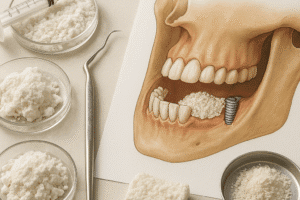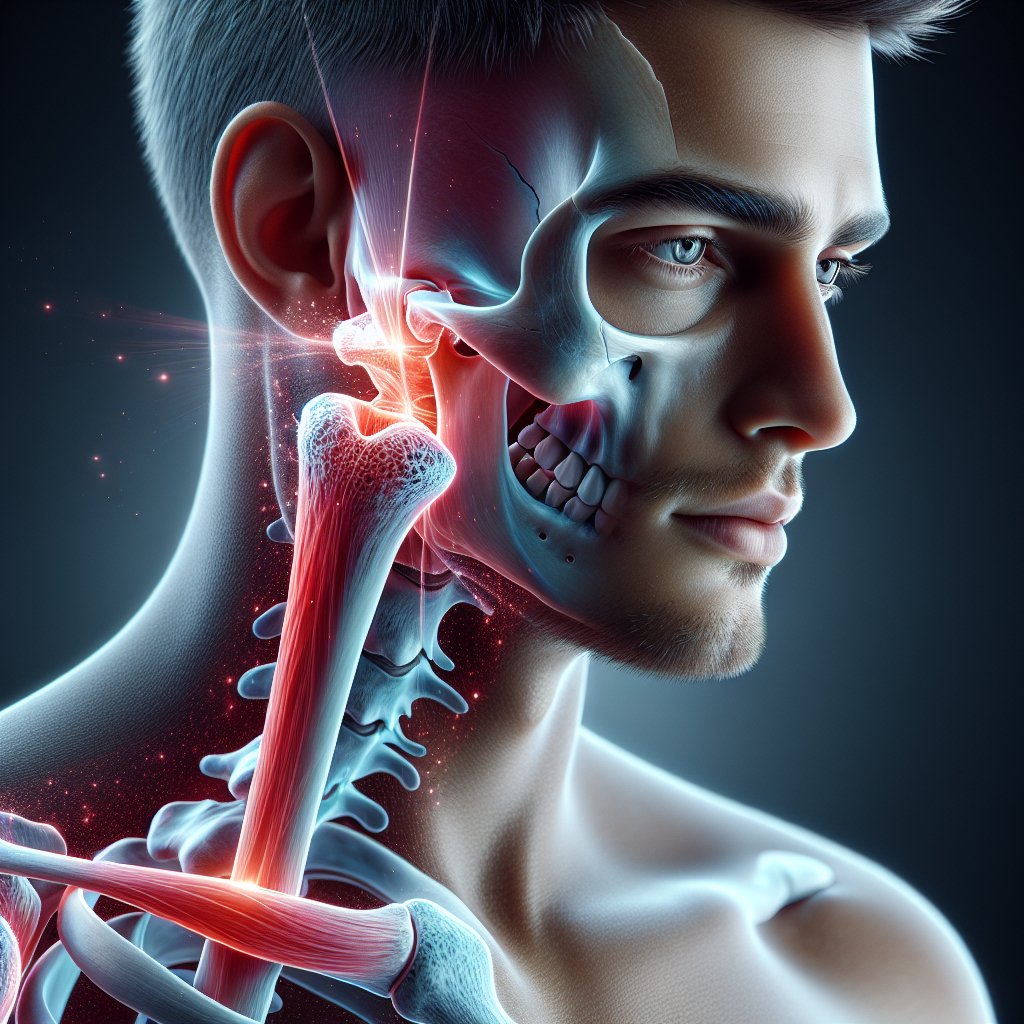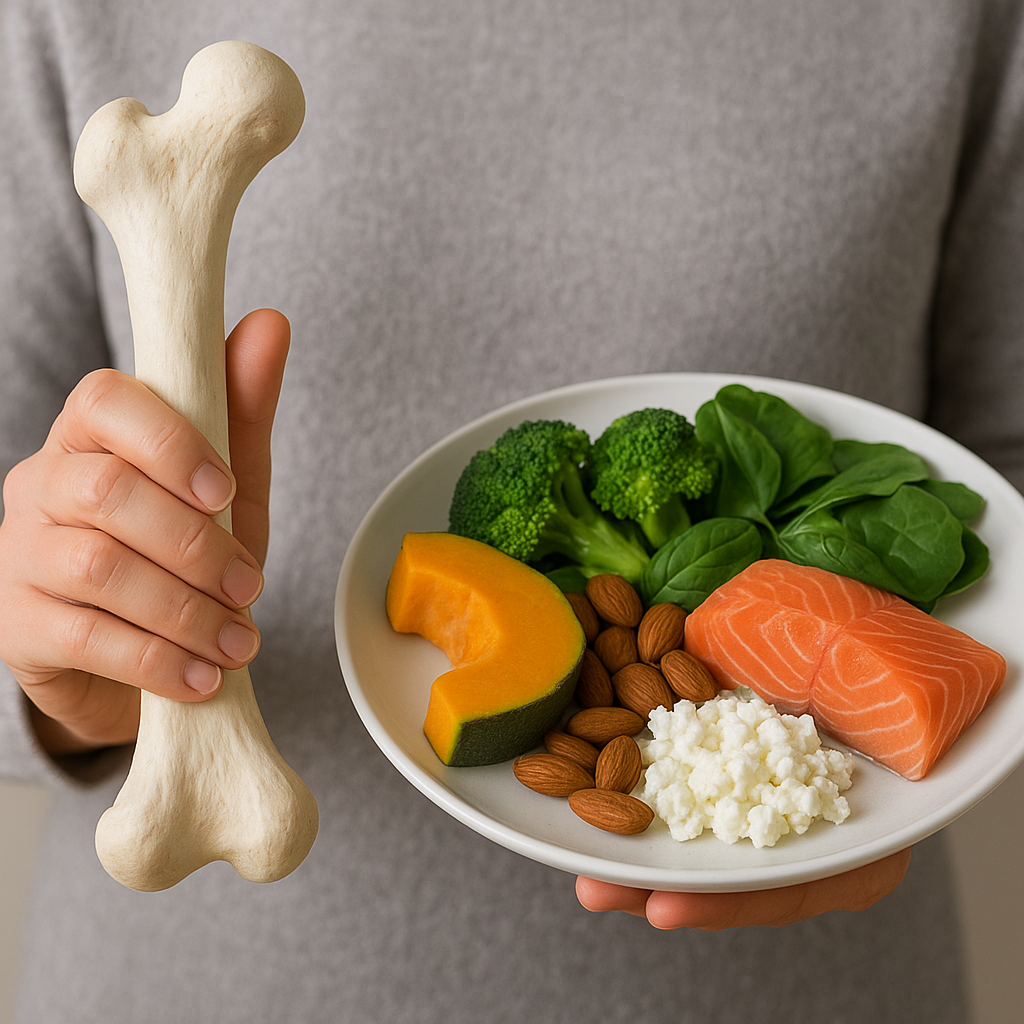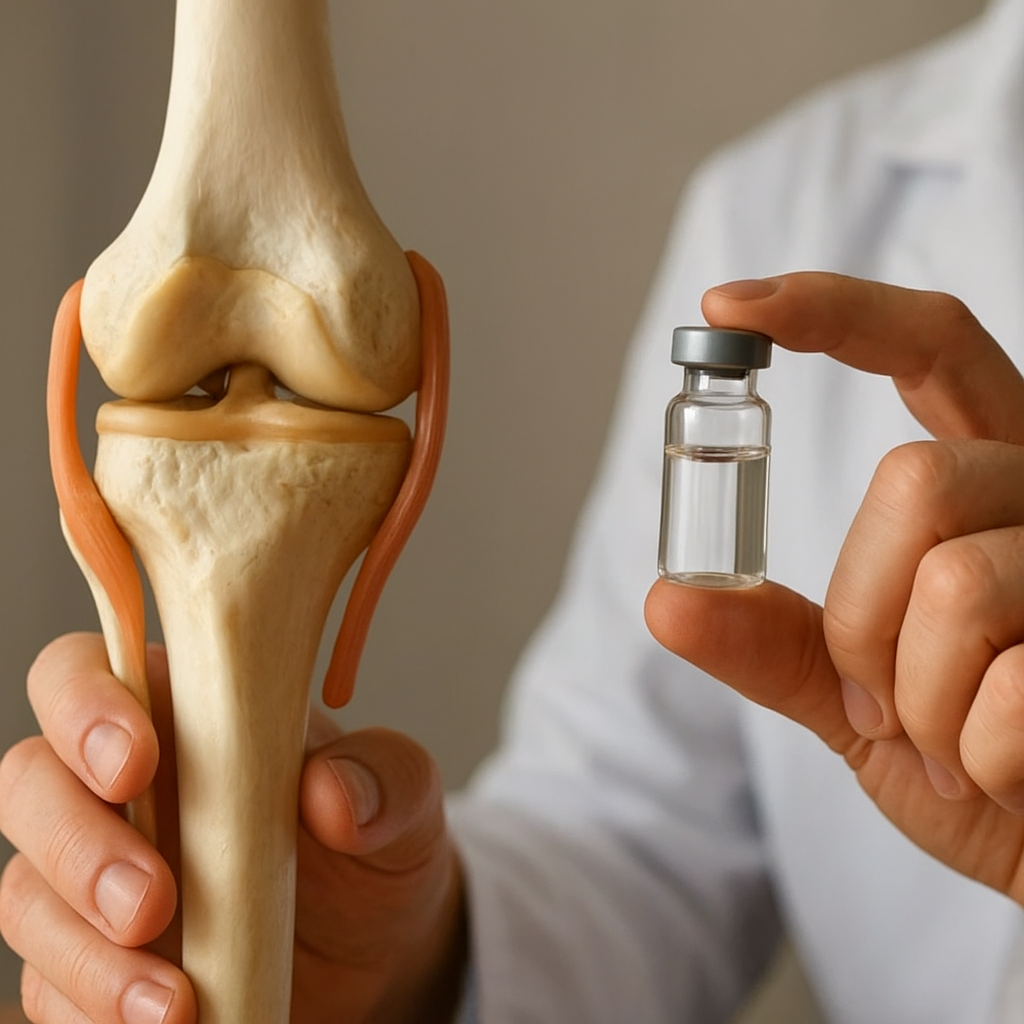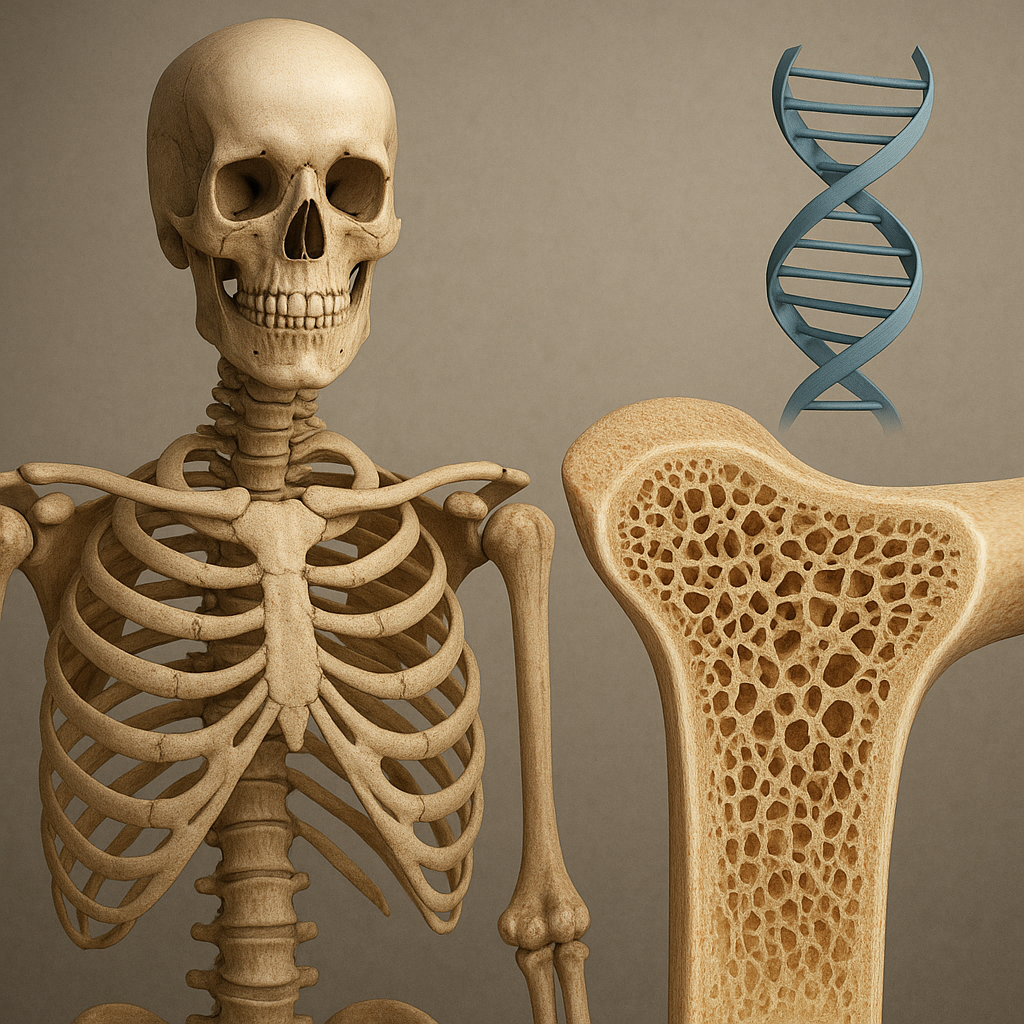The role of cartilage in protecting bones is a crucial aspect of human anatomy that often goes unnoticed. Cartilage serves as a vital connective tissue that not only cushions joints but also plays a significant role in the overall health and functionality of the skeletal system. Understanding the various types of cartilage, their functions, and the implications of cartilage damage can provide valuable insights into maintaining bone health and preventing joint-related issues.
Types of Cartilage and Their Functions
Cartilage is a specialized form of connective tissue that is more flexible than bone and provides support and structure to various parts of the body. There are three main types of cartilage: hyaline cartilage, elastic cartilage, and fibrocartilage. Each type has distinct characteristics and functions that contribute to the protection and functionality of bones.
Hyaline Cartilage
Hyaline cartilage is the most common type of cartilage found in the body. It is characterized by its smooth, glassy appearance and is primarily composed of a dense network of collagen fibers and a gel-like ground substance. This type of cartilage is found in several key areas, including:
- Articular Cartilage: Covers the ends of bones in synovial joints, providing a smooth surface for joint movement and reducing friction.
- Costal Cartilage: Connects the ribs to the sternum, allowing for flexibility and movement during respiration.
- Growth Plates: Present in growing bones, hyaline cartilage allows for the elongation of bones during childhood and adolescence.
The primary function of hyaline cartilage is to provide support and flexibility while reducing friction between bony surfaces. Its smooth surface allows for easy movement of joints, which is essential for overall mobility and function.
Elastic Cartilage
Elastic cartilage is similar to hyaline cartilage but contains a higher concentration of elastic fibers, making it more flexible and resilient. This type of cartilage is found in structures that require both strength and elasticity, such as:
- The Ear: Provides shape and support while allowing for flexibility.
- The Epiglottis: A flap that covers the trachea during swallowing, preventing food from entering the airway.
Elastic cartilage plays a crucial role in maintaining the shape of certain structures while allowing for movement and flexibility, which is essential for proper function.
Fibrocartilage
Fibrocartilage is the toughest type of cartilage, characterized by its dense arrangement of collagen fibers. It is designed to withstand heavy pressure and tension, making it ideal for areas that experience significant stress. Key locations of fibrocartilage include:
- Intervertebral Discs: Act as shock absorbers between the vertebrae in the spine.
- Menisci: C-shaped cartilaginous structures in the knee joint that provide stability and cushioning.
- Pubic Symphysis: The joint between the two halves of the pelvis, allowing for slight movement during childbirth.
Fibrocartilage’s primary function is to absorb shock and provide support in high-stress areas, protecting the underlying bones from damage.
The Importance of Cartilage in Bone Protection
Cartilage plays a vital role in protecting bones from wear and tear, injury, and degenerative diseases. Its unique properties allow it to absorb shock, reduce friction, and provide a smooth surface for joint movement. Understanding the importance of cartilage in bone protection can help individuals take proactive steps to maintain their joint health.
Shock Absorption
One of the primary functions of cartilage is its ability to absorb shock. When we engage in physical activities such as running, jumping, or lifting, the forces exerted on our joints can be significant. Cartilage acts as a cushion, absorbing these forces and preventing them from directly impacting the bones. This shock-absorbing property is particularly important in weight-bearing joints, such as the knees and hips, where the risk of injury is higher.
Reducing Friction
Cartilage also plays a crucial role in reducing friction between bones during movement. The smooth surface of articular cartilage allows for easy gliding of bones against one another, minimizing wear and tear. Without adequate cartilage, bones would rub against each other, leading to pain, inflammation, and conditions such as osteoarthritis.
Joint Stability
In addition to cushioning and reducing friction, cartilage contributes to joint stability. Structures like the menisci in the knee provide additional support and help distribute weight evenly across the joint. This stability is essential for maintaining proper alignment and function, reducing the risk of injuries such as sprains and strains.
Implications of Cartilage Damage
Damage to cartilage can have significant implications for bone health and overall joint function. Conditions such as osteoarthritis, rheumatoid arthritis, and cartilage injuries can lead to pain, inflammation, and decreased mobility. Understanding the causes and consequences of cartilage damage is essential for prevention and treatment.
Causes of Cartilage Damage
Several factors can contribute to cartilage damage, including:
- Aging: As we age, the natural wear and tear on cartilage can lead to degeneration and loss of elasticity.
- Injury: Traumatic injuries, such as fractures or ligament tears, can damage cartilage and disrupt joint function.
- Obesity: Excess weight places additional stress on weight-bearing joints, increasing the risk of cartilage breakdown.
- Repetitive Stress: Activities that involve repetitive motions can lead to overuse injuries and cartilage damage.
Consequences of Cartilage Damage
The consequences of cartilage damage can be severe, leading to a range of symptoms and complications:
- Pain: Damage to cartilage can result in joint pain, which may worsen with activity.
- Swelling: Inflammation in the joint can lead to swelling and stiffness.
- Reduced Mobility: Damage to cartilage can limit the range of motion in the affected joint, making it difficult to perform daily activities.
- Joint Deformity: In severe cases, cartilage damage can lead to joint deformities and misalignment.
Maintaining Cartilage Health
Given the critical role of cartilage in protecting bones and maintaining joint function, it is essential to take proactive steps to preserve cartilage health. Several strategies can help support cartilage and prevent damage.
Regular Exercise
Engaging in regular physical activity is one of the most effective ways to maintain cartilage health. Exercise helps strengthen the muscles surrounding the joints, providing additional support and stability. Low-impact activities such as swimming, cycling, and walking are particularly beneficial, as they minimize stress on the joints while promoting mobility.
Weight Management
Maintaining a healthy weight is crucial for reducing the risk of cartilage damage. Excess weight places additional stress on weight-bearing joints, increasing the likelihood of wear and tear. A balanced diet and regular exercise can help individuals achieve and maintain a healthy weight, supporting overall joint health.
Nutrition
Proper nutrition plays a vital role in cartilage health. Consuming a diet rich in vitamins, minerals, and antioxidants can support the body’s ability to repair and maintain cartilage. Key nutrients for cartilage health include:
- Omega-3 Fatty Acids: Found in fatty fish, flaxseeds, and walnuts, omega-3s have anti-inflammatory properties that can help reduce joint pain and stiffness.
- Vitamin C: Essential for collagen production, vitamin C can be found in citrus fruits, berries, and leafy greens.
- Glucosamine and Chondroitin: These supplements are often used to support joint health and may help reduce cartilage breakdown.
Injury Prevention
Taking steps to prevent injuries is essential for maintaining cartilage health. This includes:
- Warming Up: Always warm up before engaging in physical activity to prepare the muscles and joints.
- Using Proper Technique: Whether lifting weights or participating in sports, using proper technique can help prevent injuries.
- Listening to Your Body: Pay attention to any signs of pain or discomfort and take breaks as needed.
Seeking Medical Advice
If you experience persistent joint pain or discomfort, it is essential to seek medical advice. Early intervention can help prevent further damage and improve outcomes. Healthcare professionals can provide guidance on appropriate treatments, including physical therapy, medications, or surgical options if necessary.
Conclusion
The role of cartilage in protecting bones is multifaceted and essential for maintaining joint health and overall mobility. Understanding the different types of cartilage, their functions, and the implications of cartilage damage can empower individuals to take proactive steps in preserving their joint health. By engaging in regular exercise, maintaining a healthy weight, consuming a balanced diet, and preventing injuries, individuals can support their cartilage and, in turn, protect their bones for years to come.





